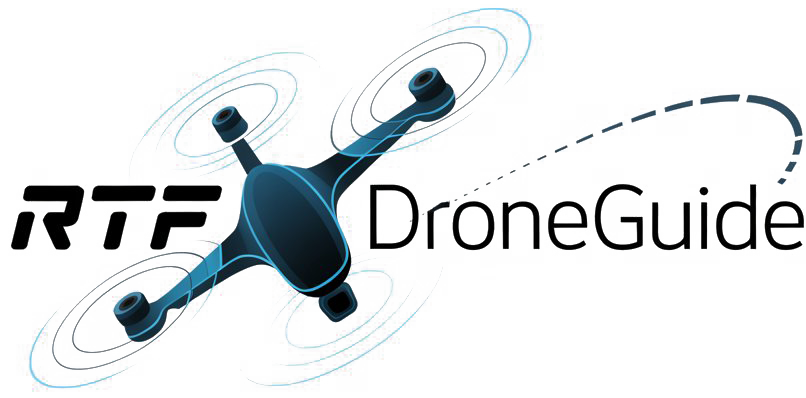
When you fly a typical recreational drone, you can expect about 20 to 30 minutes of airtime on a single charge. However, that duration isn't set in stone. Factors like the drone's weight and battery capacity, as well as flying conditions, can significantly impact how long you stay airborne. Curious about how to maximize your flight time and what other considerations come into play? Let's explore this further.
Factors Affecting Drone Flight Time
When you're considering how long a drone can fly on a single charge, several key factors come into play.
First, the drone's weight significantly impacts its flight time; heavier drones require more power to stay airborne.
Next, think about the battery capacity—larger batteries generally provide longer flight times.
The drone's design also matters; streamlined models tend to be more efficient than bulky ones.
Weather conditions can't be ignored either; strong winds can drain the battery faster.
Additionally, your flying style affects performance; aggressive maneuvers consume more energy than gentle cruising.
Lastly, the type of payload you carry—like cameras or sensors—can reduce flight time if they're heavy.
Average Flight Times for Recreational Drones
Most recreational drones typically fly for about 20 to 30 minutes on a single charge.
This flight time can vary based on several factors, including the drone's weight, battery capacity, and flying conditions.
If you're flying in windy weather or at high speeds, you might find your drone's battery depletes faster.
Additionally, using features like cameras or GPS can also drain the battery more quickly.
To maximize your flight time, it's a good idea to keep an eye on battery levels and avoid heavy maneuvers.
Some models offer smart features to alert you when the battery is low, so you can always land safely.
Knowing these tips helps you enjoy your flying experience without interruptions.
Commercial Drones and Their Flight Durations
Recreational drones often cap out at around 20 to 30 minutes of flight time, but commercial drones take things to a different level.
These machines can fly anywhere from 30 minutes up to several hours, depending on their design and purpose. For instance, drones used in agriculture or surveying often feature larger batteries, allowing them to operate longer without needing a recharge.
Some specialized models, like those used for delivery services, can achieve flight times of around 45 minutes or more. The efficiency of the drone's motors and the weight it carries also play crucial roles in determining flight duration.
Tips to Extend Drone Battery Life
To get the most out of your drone's battery life, it's essential to adopt some smart practices.
First, fly in optimal weather conditions; avoid strong winds and extreme temperatures that can drain your battery quickly.
Next, keep your drone clean and well-maintained; dirty propellers can affect performance.
Always ensure your battery is fully charged before flights, but don't overcharge it, as that can damage battery health.
Plan your flight path to minimize abrupt maneuvers and maximize efficiency.
Flying at a steady altitude and speed helps conserve energy.
Finally, consider using battery-saving modes if your drone offers them.
Conclusion
In conclusion, understanding the factors that affect your drone's flight time can help you make the most of each charge. While typical recreational drones can fly for 20 to 30 minutes, your flying style and conditions can impact this. By following tips to extend your battery life, like avoiding heavy loads and flying steadily, you can enjoy longer, uninterrupted flights. Keep these insights in mind, and you'll maximize your drone's potential on every adventure!
Trending Products



